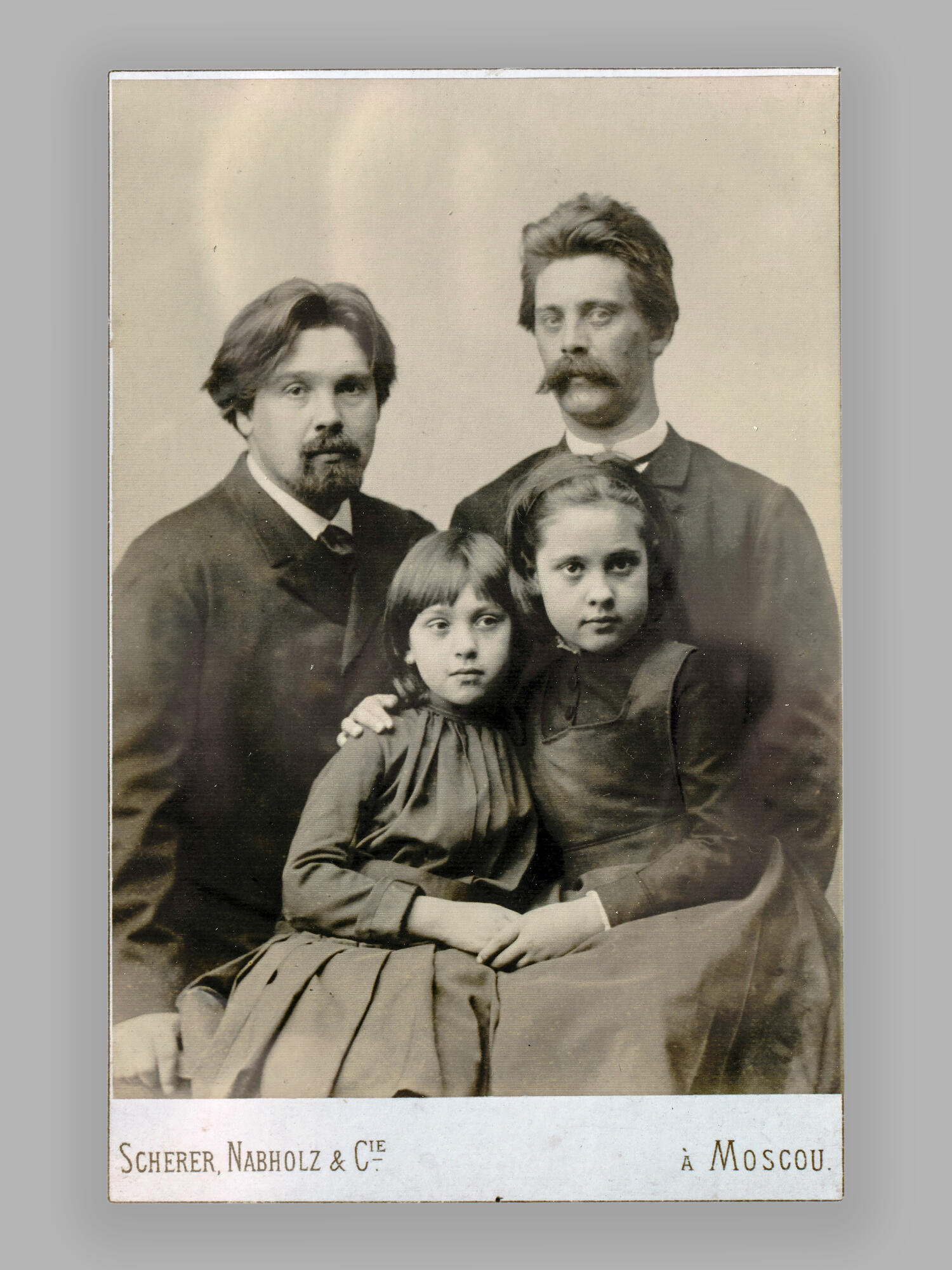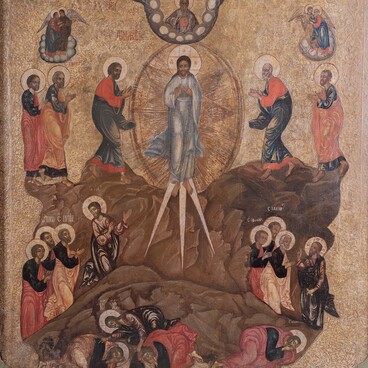The artist Vasily Surikov met his future wife in the St. Anna Catholic Cathedral on Nevsky Prospect in St. Petersburg, where he once went to listen to organ music. He was 29 years old, and Elizaveta Augustovna Charais was 19. The girl was called Lilya, she was from a French-Russian family. The young people were immediately attracted to each other, began to communicate and soon got married. They had ten years of happy marriage ahead of them.
In 1887 Vasily Surikov brought his wife and daughters Olga and Elena to his native Krasnoyarsk for the first time to meet his mother Praskovya Fyodorovna and brother Alexander. On the way back to Moscow, Elizaveta Surikova, who had a congenital heart defect, became seriously ill and died in April 1888.
The death of his beloved wife and muse was a terrible blow to the artist. He stopped painting, spent all his days in church or reading the Bible, praying and crying a lot, often visiting his wife’s grave at Vagankovo cemetery. On realizing the grave condition of his brother, Alexander Surikov took leave and came to Moscow. Vasily Ivanovich had a chance to distract himself, showing his brother the sights. It was during one of these walks that this photo was taken.
The photo shows Vasily Surikov on the left and Alexander on the right. The artist’s daughters are seated: the eldest, Olga, is hugging her younger sister Elena. Little Lena took her mother’s death particularly hard. The 10-year-old Olga had to be there to support her father and sister, to manage the house — a role she fulfilled for many years, until her marriage. Elena became a history teacher and taught in a secondary school for 50 years.
The picture was taken at the large Moscow photo
studio “Scherer, Nabholz & Co.”, which was founded in 1860, when the
temporary Moscow merchants of the first guild Martin Schererer, a citizen of
Baden, and a Swiss George Nabholz, purchased a photographic firm of Carl August
Bergner in Moscow. The company “Scherer, Nabholz, formerly A. Bergner” left a
large documentary archive of pre-revolutionary Russia: views of cities,
portraits of contemporaries, and catalogs of art, anthropological, industrial
and other exhibitions.


